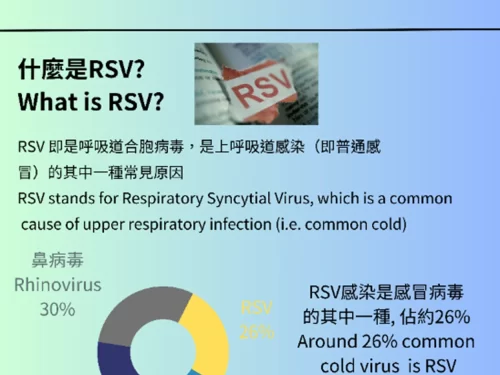
Scar hyperplasia means that after the skin is injured, the body’s self-repair mechanism is too strong, causing fibroblasts to produce too much collagen, resulting in hypertrophic scars during wound healing, that is, the scars will bulge and exceed the skin level. Usually hypertrophic scars will only be limited to the original wound and will not proliferate excessively beyond the wound. However, hypertrophic scar will cause the patient to experience itching, tingling and other sensations, which may cause trouble in the patient’s life. Therefore, for people who have experienced skin injuries or want to improve the appearance of scars, it is very important to understand the causes and characteristics of hypertrophic scar
Q1: What are the causes of hypertrophic scar?
A. When the skin is damaged, the body will initiate a self-repair mechanism. During this process, the body produces collagen to repair damaged skin tissue. Normally, this results in the formation of a new layer of tissue, i.e. ordinary scar. However, if the body’s self-repair process is too strong, it will cause excessive collagen to accumulate in the wound, forming hypertrophic scar
Some factors may increase the risk of scarring, including individual factors and the depth and location of the skin injury. For example, hypertrophic scar usually occurs in young people aged 10-30 years old, and people with a family history are also more likely to develop hypertrophic scar. The chest, neck and upper back are all common areas where scarring occurs. In addition, for those wound that involve dermis, or the healing process lasts for more than 3 weeks are more likely to cause hypertrophic scars. For example, surgery, burns or ear piercing may lead to hypertrophic scar.
Q2: What are the characteristics of hypertrophic scar?
A. The appearance of hypertrophic scars varies from person to person, but typically these scars are raised on the surface of the skin and are darker or erythematous than the surrounding skin. In some cases, these scars may cause pain or itchiness that interferes with daily life. Hypertrophic scars will only limited at the location of the wound. If the scar proliferates beyond the wound, it is called keloids.
Hypertrophic scar can have an impact on a patient’s appearance and self-confidence, but there are many effective treatments available to improve hypertrophic scars. If you suspect you have hypertrophic scars, it is recommended to seek professional advice to find the best treatment option for you.




